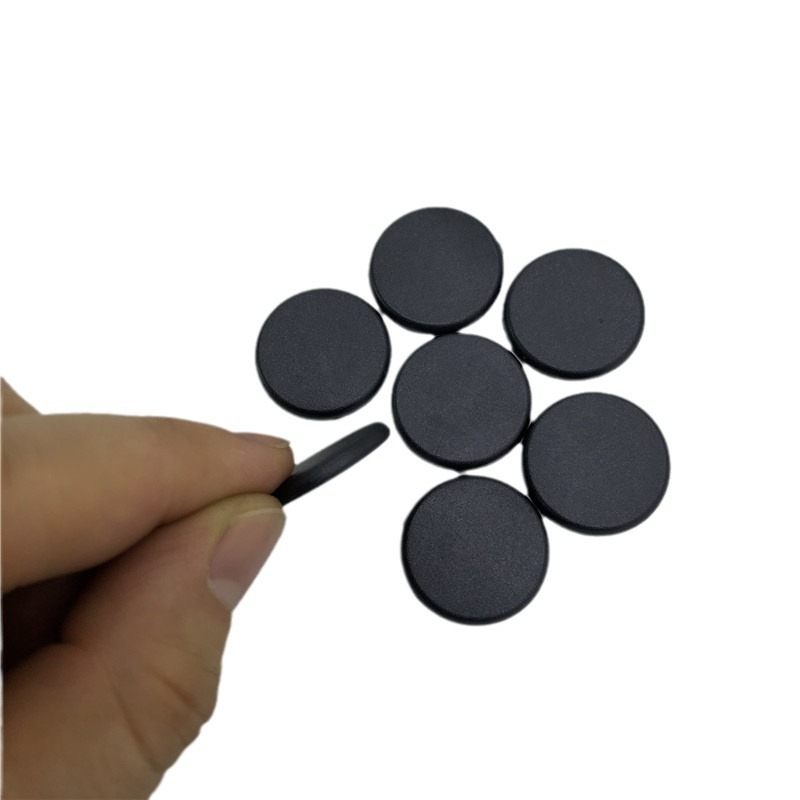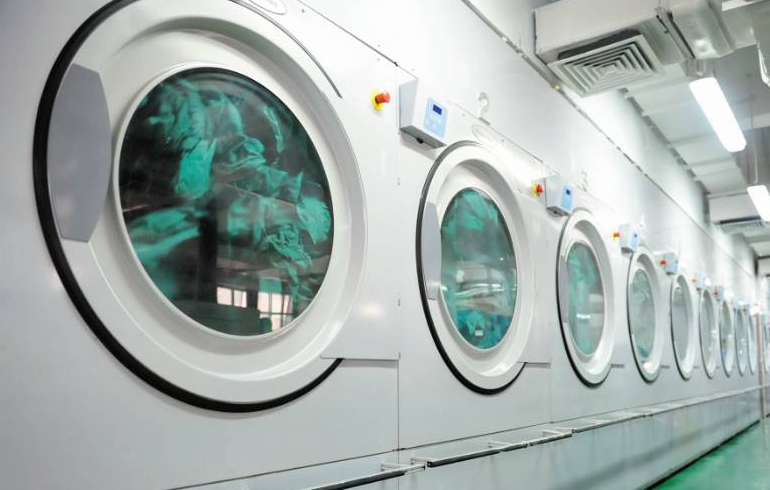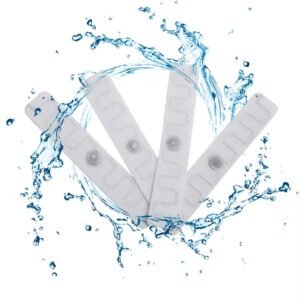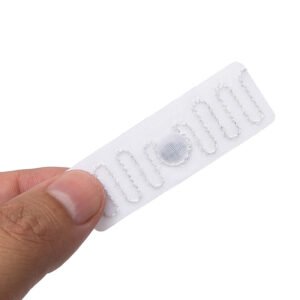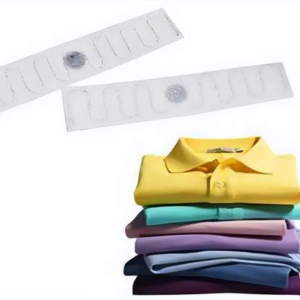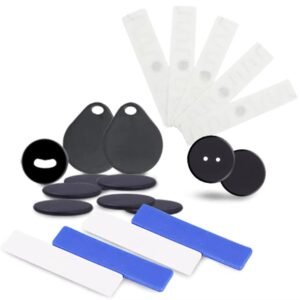
RFID Clothing Tags: Does Your Business Need Them?
The fashion industry is a fast-paced, dynamic ecosystem where efficiency and accuracy are paramount. RFID tag technology has rapidly gained traction in the apparel industry, with many brands and retailers embracing its transformative potential.

